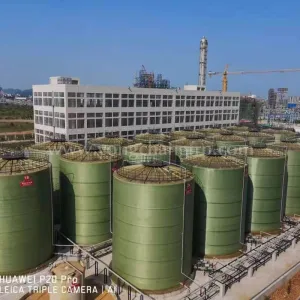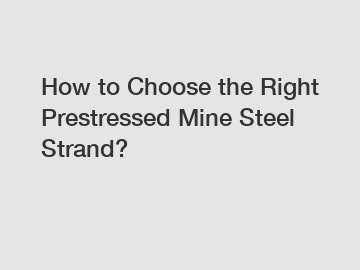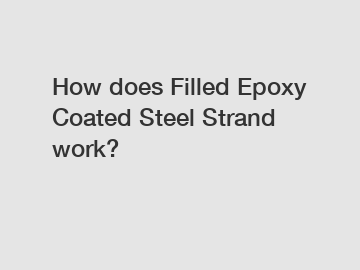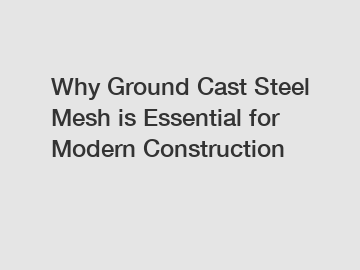Understanding the Distinction Between FRP and Fiberglass
Mar. 20, 2024
Fiber-reinforced plastic (FRP) and fiberglass are terms often used interchangeably, leading to confusion about their differences and applications. While both materials share similarities, they possess distinct characteristics and are used in diverse industries for various purposes.
1. Composition:Fiberglass is a type of composite material made from thin strands of glass fibers embedded in a resin matrix, typically polyester or epoxy. On the other hand, FRP is a broader category that encompasses fiberglass as one of its constituents. FRP comprises a combination of reinforcing fibers (such as fiberglass, carbon fiber, or aramid) and a polymer resin matrix (such as polyester, epoxy, or vinyl ester), offering enhanced mechanical properties and versatility.
2. Strength and Durability:FRP exhibits superior strength and durability compared to traditional fiberglass due to its reinforced structure. By incorporating additional reinforcing fibers, such as carbon or aramid, FRP can achieve higher tensile strength, impact resistance, and fatigue performance. This makes FRP ideal for applications requiring robust and durable materials, such as aerospace components, marine vessels, automotive parts, and structural elements.
3. Weight and Density:In terms of weight and density, FRP and fiberglass share similar characteristics, as both materials offer lightweight solutions compared to metals and traditional building materials. However, FRP's specific properties may vary depending on the type and amount of reinforcing fibers used in the composite. By optimizing fiber content and orientation, manufacturers can tailor FRP components to meet specific weight requirements without compromising strength or performance.
4. Corrosion Resistance:One of the key advantages of FRP over traditional materials like steel and wood is its exceptional corrosion resistance. The non-metallic nature of FRP makes it impervious to rust, rot, and degradation caused by moisture, chemicals, and environmental factors. This makes FRP an ideal choice for applications in harsh or corrosive environments, including chemical processing plants, wastewater treatment facilities, offshore structures, and marine applications.
5. Manufacturing Processes:Both FRP and fiberglass can be fabricated using various manufacturing processes, including hand lay-up, spray-up, filament winding, pultrusion, and compression molding. These versatile manufacturing techniques allow for the production of complex shapes, intricate designs, and customized components to meet specific project requirements. Additionally, advancements in composite manufacturing technologies have enabled the mass production of FRP products with consistent quality and cost-effectiveness.
While FRP and fiberglass are closely related materials with overlapping properties, it's essential to recognize their distinctions and unique characteristics. Fiberglass represents a subset of FRP, distinguished by its composition of glass fibers embedded in a resin matrix. In contrast, FRP encompasses a broader range of composite materials reinforced with various fibers and resin matrices, offering enhanced strength, durability, and versatility. By understanding the differences between FRP and fiberglass, engineers, designers, and manufacturers can make informed decisions when selecting materials for a wide range of applications across industries.
Explore more:What is Corrugated Metal Pipe (CMP)?
Understanding the Production Process of Low-E Glass
Mastering the Art of Cutting Culvert Pipe: Tips and Techniques
Why Use GFS Tank for Fire Protection Water Storage?
300 Ton Cooling Tower vs 400 Ton Cooling Tower: A Comprehensive Comparison
Calacatta Quartz Countertops and Backsplash
How to Choose Stainless Steel Welded Wire Fencing?
Related:
https://www.yongchangfrp.com/product-frp-acid-alkali-storage-tank.html
https://www.yongchangfrp.com/product-frp-horizontal-acid-and-alkali-tank.html
https://www.yongchangfrp.com/product-frp-vertical-cone-bottom-tank.html
https://www.yongchangfrp.com/product-list-frp-pipe.html
https://www.yongchangfrp.com/product-list-frp-storage-tank.html
https://www.yongchangfrp.com/products/frp-flange-vs-ptfe-flange.html
https://www.yongchangfrp.com/products/pvc-frp-pp-frp-pvdf-frp-composite-tanks.html
Explore more:2024 Trends in Custom Fluorocarbon Aluminum Coil
How to Choose Custom Fluorocarbon Coated Aluminum Coil?
Essential Guide to Mining PC Strand: Tips & Best Practices
The Advantages of Implementing Solar Power Systems
The Advantages of Implementing Solar Energy Solutions
2024 Guide to 3-Wire PC Strand Applications
How Does Solar Energy Technology Work?
152
0
0
Related Articles











Comments
All Comments (0)